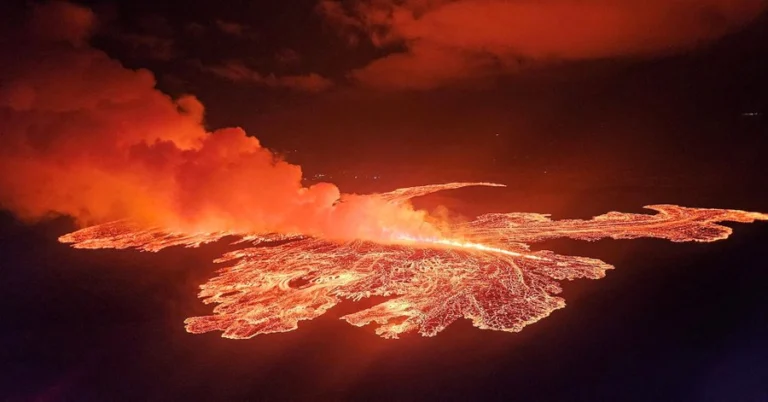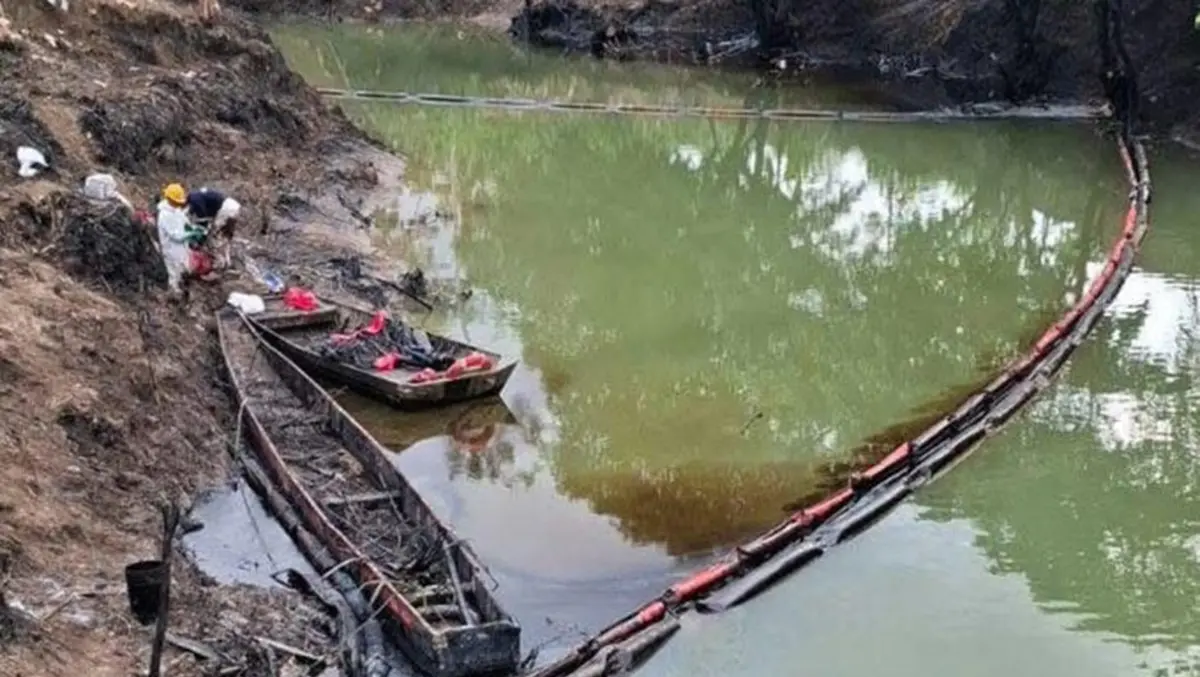Iceland’s Latest Volcanic Eruption Forces Evacuations Amid Ongoing Seismic Cycle
Iceland has recorded its twelfth volcanic eruption in four years, triggering evacuations and highlighting the country’s ongoing seismic cycle near the capital region.

Evacuations underway at Iceland’s Blue Lagoon spa after a fissure eruption strikes the Reykjanes Peninsula. Photo: @ReutersWorld
July 16, 2025 Hour: 6:42 am
Authorities in Iceland evacuated parts of the Reykjanes Peninsula early Wednesday after a fissure eruption sent lava flowing southeast, marking the twelfth volcanic event in the region since 2021.
RELATED:
Poets Accuse Israel of Erasing Palestinian Culture and Life
A volcanic fissure opened at dawn in southwestern Iceland, prompting the evacuation of tourists from the popular Blue Lagoon spa and nearby Grindavík, a coastal town already impacted by repeated eruptions over the past year.
According to the Icelandic Meteorological Office, the eruption began around 4 a.m. following a surge of seismic activity. Lava is currently flowing from a 700 to 1,000-meter-long fissure near the Sundhnúkur crater system. Although the flow is not threatening infrastructure at this time, officials implemented precautionary evacuations in line with national emergency protocols.
Police confirmed that guests at the Blue Lagoon were asked to leave immediately, while a campsite in Grindavík was also cleared. The fishing town, once home to nearly 4,000 residents, has remained largely uninhabited since November 2023, when sustained volcanic unrest forced authorities to issue a general evacuation order.
This marks the twelfth eruption since 2021 on the Reykjanes Peninsula, a region that had been dormant for over 800 years before seismic activity resumed. Experts say the current cycle could last decades, driven by deep geological changes beneath the peninsula. In contrast to the 2010 Eyjafjallajökull eruption —which grounded flights across Europe— the recent events have not disrupted air travel or affected the capital, Reykjavík.
The Icelandic government continues to monitor deformation data and lava flow direction to assess further risks. “Lava is mostly flowing to the southeast and is not approaching any infrastructure,” the Meteorological Office stated.
Despite the hazards, Iceland’s volcanic landscape remains a major attraction. The island received nearly 2.3 million international visitors in 2024, according to its tourist board —more than five times its population of 400,000. As tourism grows, the country’s emergency infrastructure is under increasing pressure to respond swiftly to natural hazards while safeguarding economic stability.
For countries across the Global South, Iceland’s handling of recurring volcanic threats offers both a cautionary tale and a model of scientific coordination, raising questions about sustainable tourism and long-term adaptation to climate-sensitive geographies.
Author: MK
Source: Al Jazeera - AP






